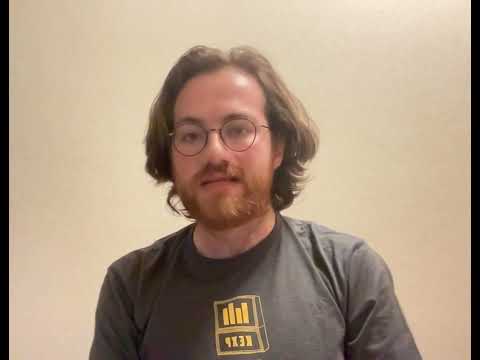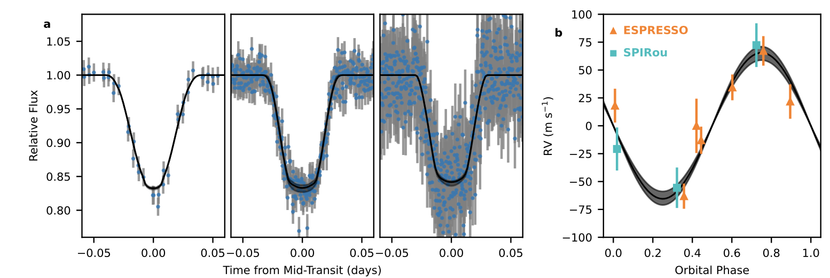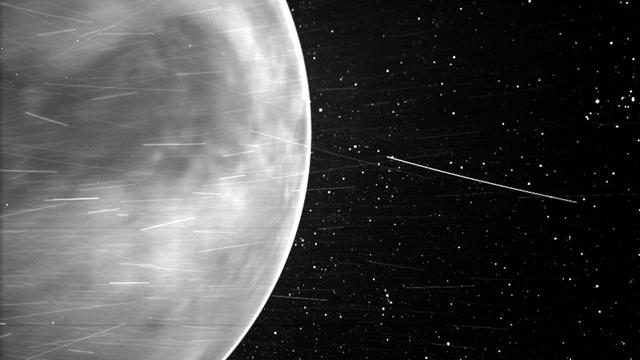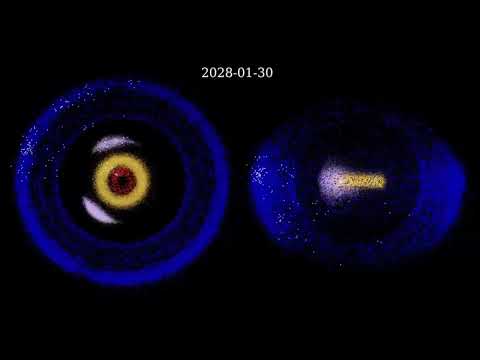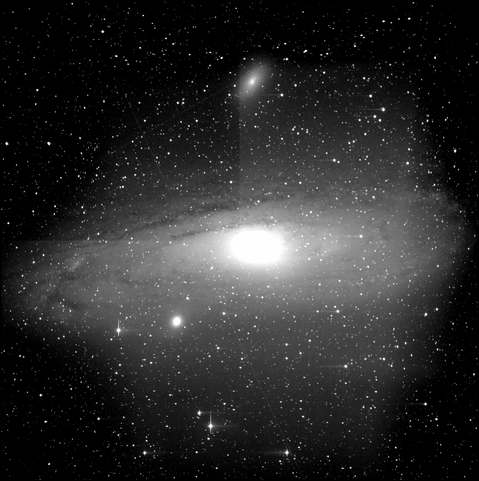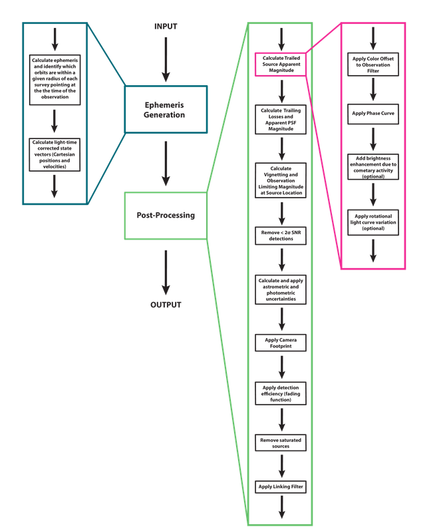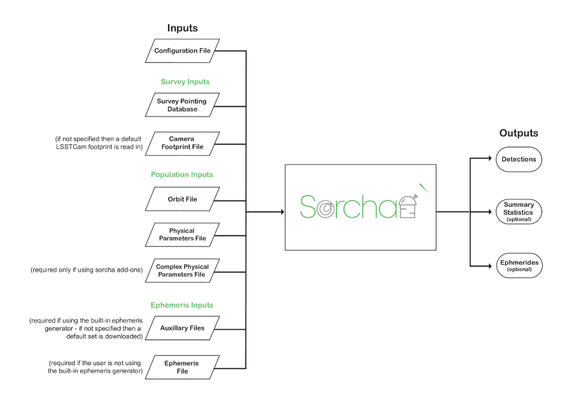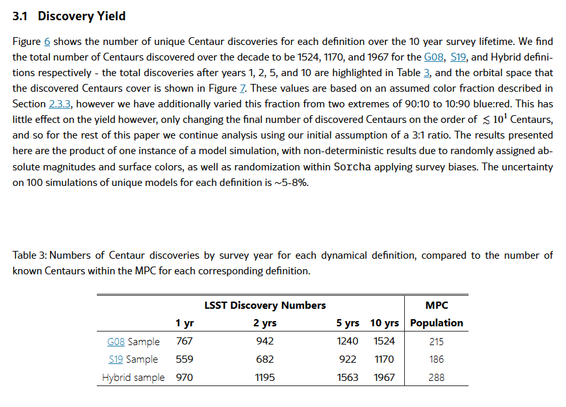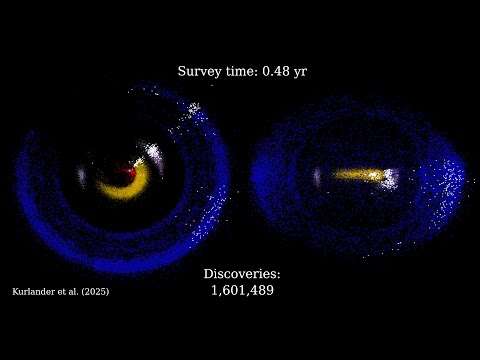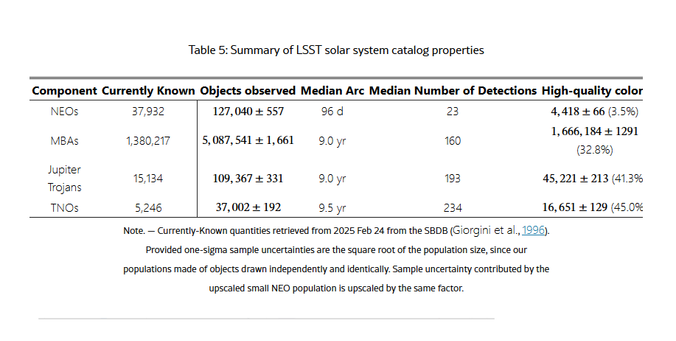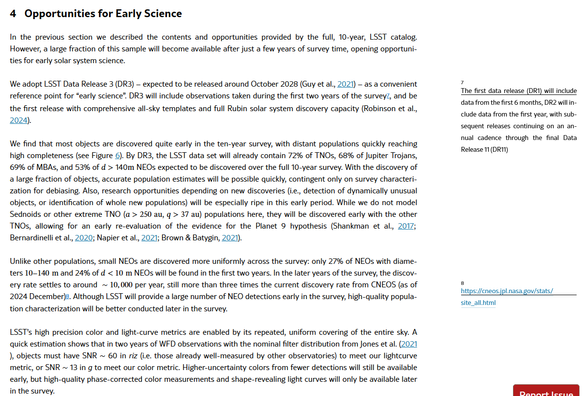The Institute of Geophysics and Extraterrestrial Physics of the Technische Universität Braunschweig is looking to fill a researcher position (salary group 13 TV-L 100%) in asteroid science as part of J. Agarwal’s research group, starting from the earliest possible date for a period of 3 years. Review of applications will begin on June 16, 2025, and continue until the position is filled.
| website | https://megschwamb.com/ |
| pronouns | she/her |
